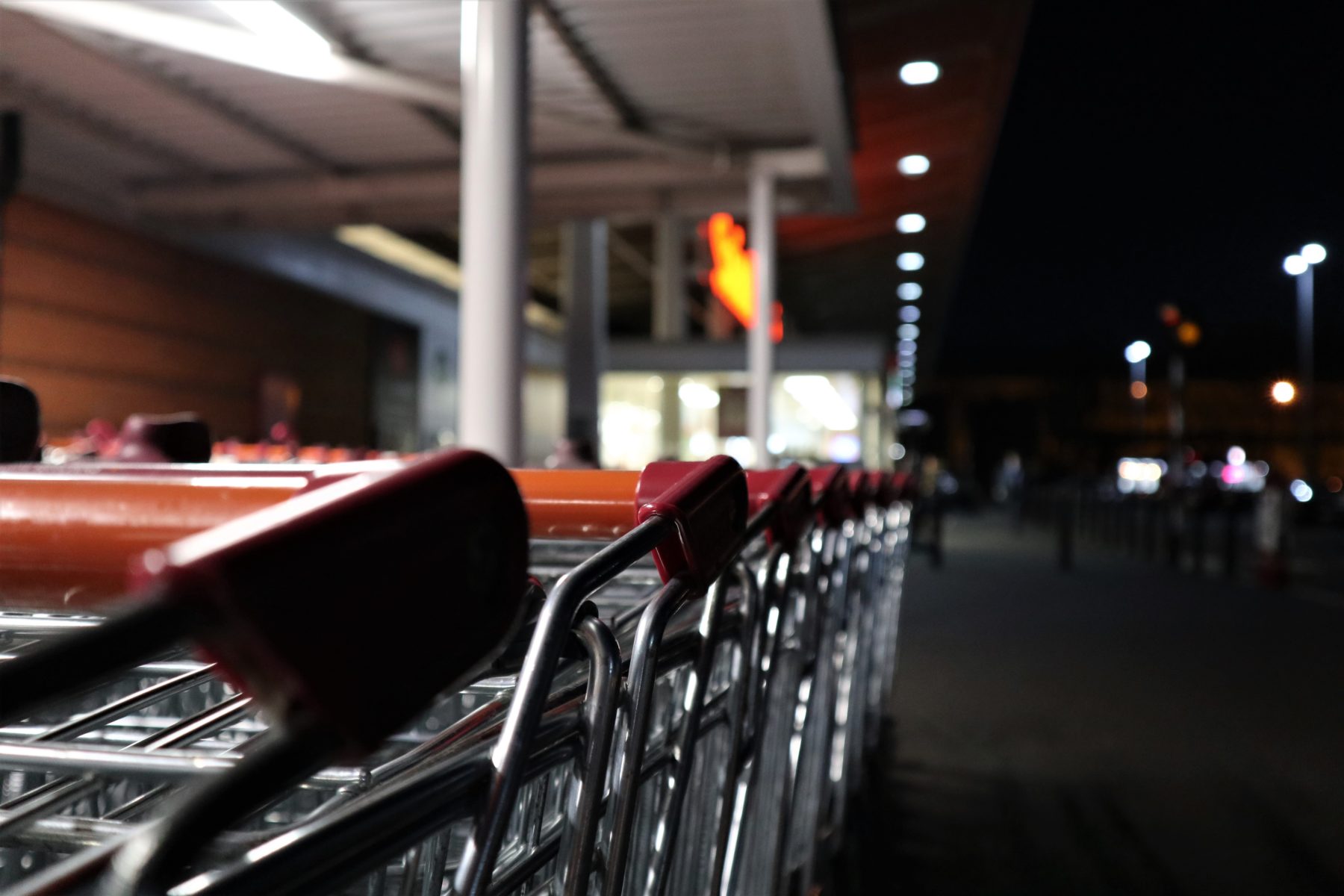
Understanding Priority Places – targeted support for the UK’s hungriest neighbourhoods
Entering the winter of 2022/23, the cost-of-living crisis was forefront in the minds of the public and policy makers alike. High inflation and ‘shocks to the system’ such as the covid-19 pandemic and most recently the war in Ukraine have driven fuel and food prices upwards. Widening inequalities are pushing an estimated 9.7 million adults in the UK (18.4% of households) into food insecurity. Food insecurity is defined by the Food Foundation as experiencing one or more of the following:
· Having smaller meals than usual or skipping meals because of being unable to afford or get access to food.
· Being hungry but not eating because of being unable to afford or get access to food
· Not eating for a whole day because of being unable to afford or get access to food.
A wide range of ‘stressors’ drive food insecurity in the UK, including low income, poor access to cheap and or healthy food, rising food prices, and conflicting demands on budgets such as fuel and housing prices, resulting in ‘eat or heat’ decisions. To understand the interaction between these stressors and therefore what is driving food insecurity in different neighbourhoods we have developed the Priority Places for Food Index (PPF Index) for the UK.
The PPF Index was created in response to the cost-of-living crisis, through a collaboration between the ESRC funded Consumer Data Research Centre (CDRC) an academic research centre that uses consumer data to improve understanding of societal and economic challenges, and UK consumer champions Which?. This combination of academic and consumer insight into food insecurity has enabled the creation of an easy-to-use tool applicable across commercial, public sector, and government organisations. Presenting the tool user with the information needed to provide targeted and appropriate food insecurity support.
The PPF index is constructed using open data that captures multiple drivers and indictors of food insecurity in the UK. These data include socioeconomic barriers to affording food, prevalence of fuel poverty, access to cheap and affordable food, from supermarkets or other sources, and use of food insecurity support such as school meal vouchers and food banks. Combining these data to capture limitations in being able to both access and purchase sufficient nutritious food at the neighbourhood level it is possible to compare neighbourhoods and identify the places of highest priority for additional support. To aid with usability we also developed an interactive mapping tool which gives an overview of food insecurity across the UK. You can explore the tool yourself here. By looking at what is driving the food insecurity in these neighbourhoods, support can also be targeted to ensure maximum positive impact. For instance, in a rural neighbourhood with poor access to affordable supermarkets and limited public transport removing online food delivery charges may be an effective step. Whilst an urban neighbourhood with high levels of deprivation and fuel poverty may benefit from further financial support or extensions to existing voucher schemes such as the healthy start vouchers.
The partnership between the CDRC and Which? has strengthened lobbying power to get those in a position to act to do more to provide support and enact real change when it comes to food insecurity. Which? have launched a 10-point action plan for supermarkets, calling for clearer pricing and improved availability of budget lines in stores, to allow customers to be able to make informed and cheaper choices when it comes to spending their food budget. Which? also call on supermarkets to identify those stores where customers are most in need and tailor promotions, voucher support, and price reductions in these areas, whilst ensuring that the products offered still give consumers the ability to make healthy and sustainable dietary choices.
Following the launch of the PPF Index and mapping tool the CDRC and Which? have engaged with national and regional government as well as a host of non-profit organisations to see how they can provide targeted support to reduce food insecurity in the UK. We know that the Index has already enhanced knowledge and understanding of food insecurity: by taking a place-based approach at a national scale the PPF Index identifies the drivers of food insecurity at the neighbourhood level to target specific help to the places that need it first. However, with this increased knowledge and understanding, there is scope for retailers and policy makers to make real-world changes that impact the health and wellbeing, as well as economic situations, of diverse communities across the UK. This tool builds capacity for key policy decisions, making complex data accessible to all. Future iterations of the tool are planned, with an annual autumn update, to increase preparedness in advance of any Winter pinch point on finances. Data for specific domains will be updated as they become available and there is potential to update the tool domains to reflect the key economic drivers of food insecurity at a given time.
As we enter 2023 without drastic action UK food insecurity will continue to rise. Using the Priority Places for Food Index gives policy makers and supermarkets the information needed to target local support and ensure the food security of the millions of people across the UK who are currently going hungry.
Photo Credit: Liviu Florescu on Unsplash
About the author
Francesca is a Data Scientist in the Consumer Data Research Centre, University of Leeds. She is interested in spatial determinants of health and the use of open and secondary big data sources. Her work focuses on the use of smartphone health app data in measuring population physical activity and spatial influences on activity levels, as well as retailer consumer data to understand purchasing behaviours for health, nutrition and sustainability.